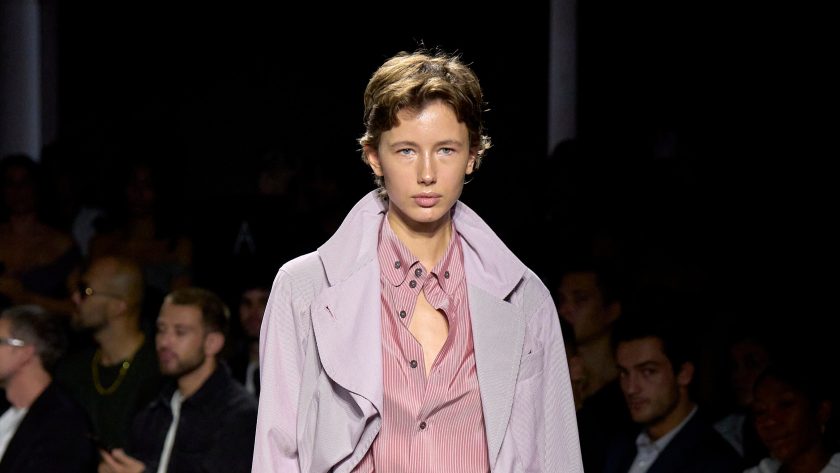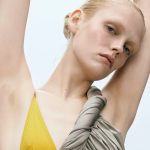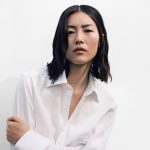Walking down Rue Saint-Honoré this afternoon for a swift coffee at the Le Jean Nicot, it was striking to observe that the queue outside Vivienne Westwood’s little store at number 175 was at least three times longer than that outside Louis Vuitton. A few minutes earlier Andreas Kronthaler had delivered a collection so fantastic that it left you thinking that the queues could well keep growing for years to come, even though Westwood herself is no longer with us.
As Kronthaler put it pre-show, what we saw was a synthesis derived from his contemplation of Westwood’s own clothes. Some months ago, he faced the task of packing up her personal wardrobe. “There were maybe 250 looks’ worth, something like that, and as I did it I knew this was going to be the collection,” he said. He decided to go for around 40 looks, which he says he chose from the 250 and arbitrarily ordered for this show by picking the numbers of those he’d archived out of a hat.
Whether it was via serendipity, sheer dumb luck, or the alchemical emotional personal lay lines that most-loved and lived-in garments sometimes acquire, his first pick was the number of a brown micro-corduroy suit from 2004—a piece of drunken tailoring—that Westwood had worn day to day for nearly two decades, sometimes patching along the way. Here it was reimagined in a pale berry tone and looked easily the most interesting piece of womenswear tailoring of this Paris season so far: its harmonically incongruous “mistakes” were as wonderful to watch as it looked comfortable to wear.
Kronthaler’s loving but also clear-eyed curation of these looks generated a collection that appeared not fleetingly radical, but timelessly so. A big shouldered dress on Honor Fraser in shantung silk was dotted with activist badges: “that was from when she was a school teacher,” he observed. The linen cape worn by Irina Pantaeva in look six was a reworked version of one Westwood wore when riding in a tank to the house of a disastrous British prime minister to park it on his lawn in protest back in 2015. The penultimate dress, based originally on a Velázquez painting she adored, was worn to an opera in Salzburg: “Some of the things she had worn only once, you know,” said Kronthaler.
Look 12 apparently referenced a dress from the 2003 collection Le Flou Taille, and was also obviously directly derived—as were the waistcoat in look 33 and other elements—from Native American culture. Said Kronthaler: “She had this book of portraits, black and white, of Native Americans from the 19th century. She adored these images which she thought were stunning.” He added that Westwood regarded the colonization of these people’s lands and the decimation of their numbers and culture by European settlers “as one of the saddest stories in history: it was something she thought about in her work going back to the 1980s.” Whether using expressions of that culture in a fashion show is appropriate or appropriation will depend on who you’re talking to.
Westwood’s erudite, curious, and activist intellectual identity added up to a mindset no big bucks creative agency could ever fashion. She was also a woman designing for women (although there was a smattering of men’s looks here). This was a wonderful survey—with a few authentically controversial bumps in the road—of a design dialect unlike any other. As those queues down the Rue suggested, it continues to inspire.



